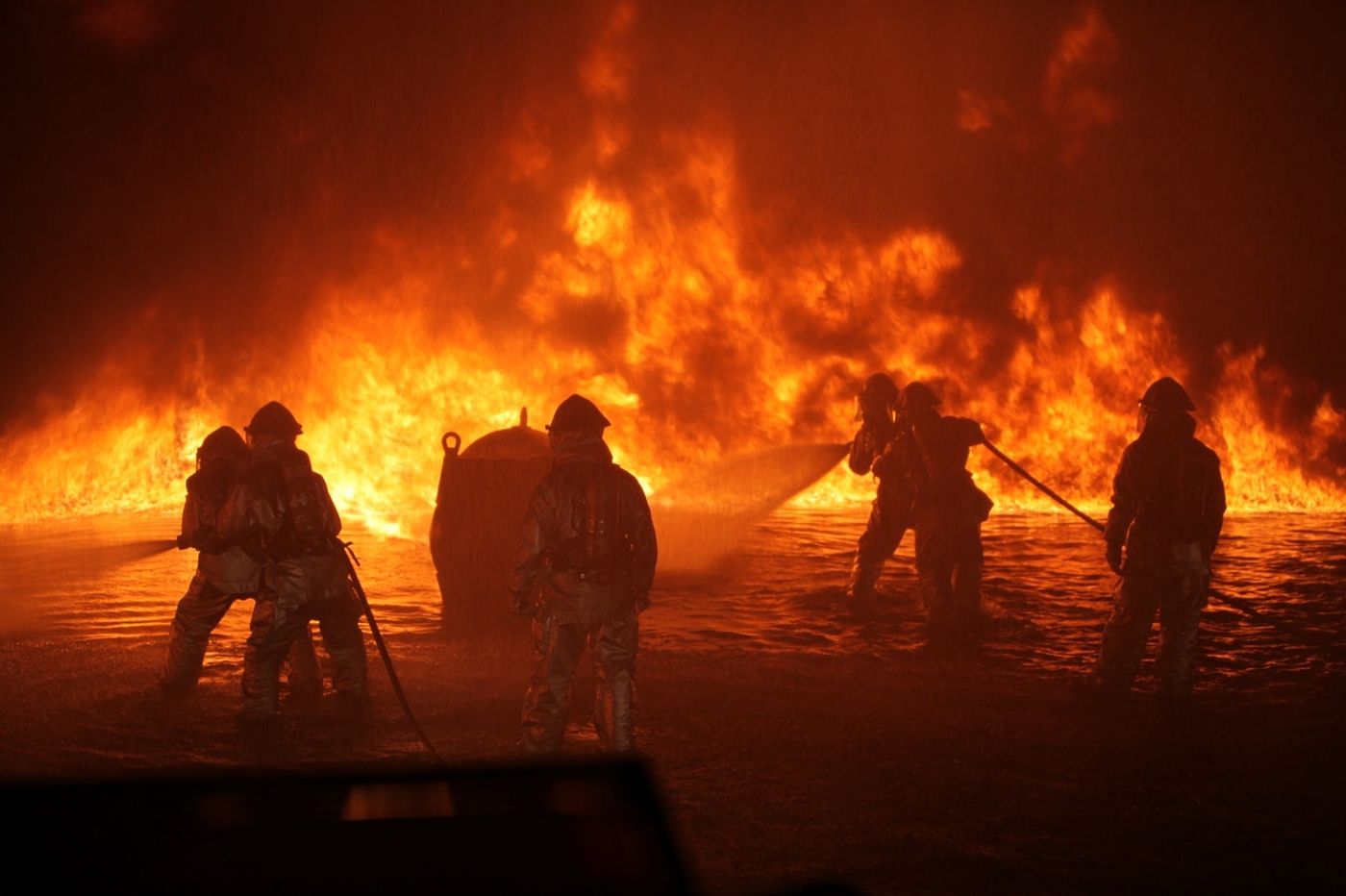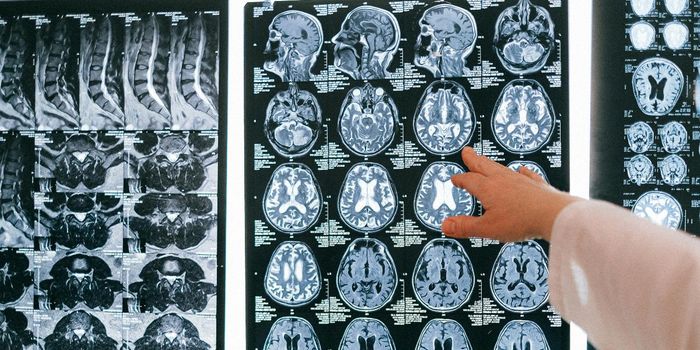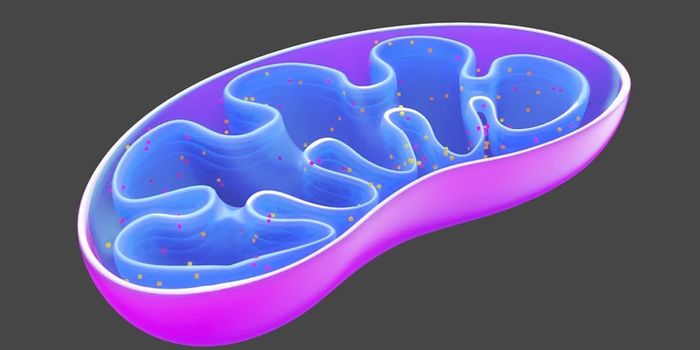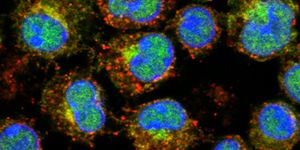The Perfect Storm: Wildfires, Flu and COVID-19
Over 85 massive wildfires have swept through the West Coast, devastating communities in Washington, Oregon, and California and displacing tens of thousands. As a result of gigantic plumes of smoke from these blazes, the air quality in the surrounding areas is some of the worst on the planet.
Wildfire smoke is incredibly hazardous to the health and scientists are cautioning that this can severely impact our susceptibility to infections. As the Center for Disease Control warns: “Wildfire smoke can irritate your lungs, cause inflammation, affect your immune system, and make you more prone to lung infections, including SARS-CoV-2, the virus that causes COVID-19.” But just how does breathing in the smoky air affect the immune system?
The scorched forests send up masses of microscopic particles into the air, each measuring under 2.5 micrometers in diameter and termed PM2.5. Once breathed in, these particles accumulate deep in the lungs, cross into the bloodstream and trigger a slew of acute and chronic effects — from wheezing, breathing problems, and eye irritation to a spiked risk of getting a stroke or heart attack.
PM2.5s hit the immune system hard from two angles. On one hand, once they enter the body’s circulation, immune cells are overwhelmed from tackling the clean-up job, leaving fewer available cells to patrol for pathogenic invaders. Additionally, PM2.5 particles can also disable immune cells in the lungs, lowering the capacity of pulmonary macrophages to secrete protective cytokines.
While it’s difficult to predict how these effects will change an individual’s susceptibility to COVID-19 infections, odds are, they won’t be good. Perry Hystad, an environmental epidemiologist and associate professor at Oregon State University explains: "There's some research that's coming out to show that air pollution will increase susceptibility [to coronavirus], and we know that air pollution is robustly linked to increases in cardiovascular disease."
"One of the biggest risk factors for COVID is a preexisting condition. So right off the bat there, we know that air pollution is putting people at more risk."
Lessons learned from flu studies reinforce this possibility. Evidence from previous epidemiological studies points to a clear line between prolonged wildfire smoke inhalation and elevated incidences of influenza cases. In Montana, for example, months after wildfires, communities had between three and five times more flu cases as compared to historical records from before the fires.
Experts are predicting a flu-coronavirus overlap in the fall, which they fear will overwhelm healthcare services like earlier on during the pandemic. Throw in the poor air quality and its ability to dent our immune armors and it's the recipe for the perfect storm.
Sources: Europe PMC, Environment International, Business Insider.









